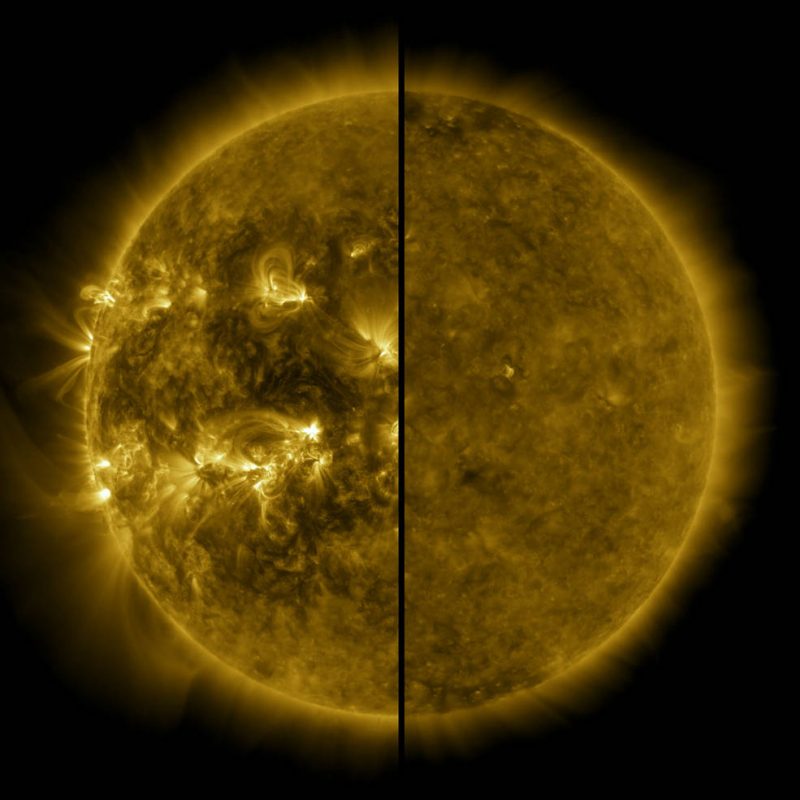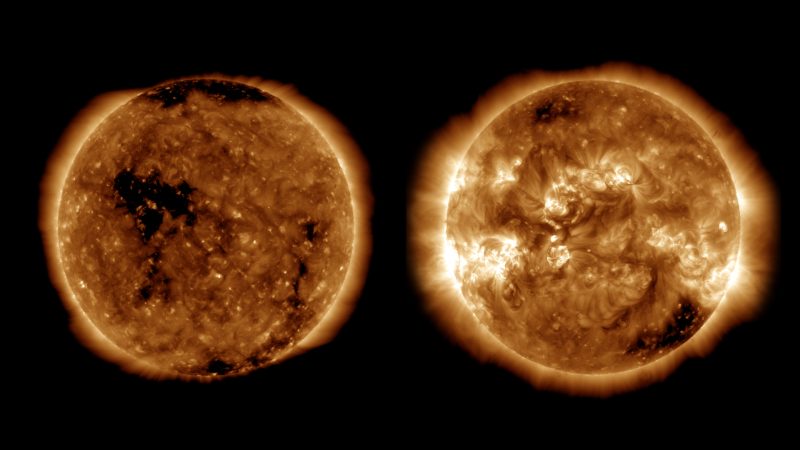
Solar Cycle 25 is here.
On Tuesday (September 15, 2020), the Solar Cycle 25 Prediction Panel, an international group of experts, announced that a new solar cycle has begun.
The sun’s activity runs on a roughly 11-year cycle, moving regularly from its most quiet period – solar minimum – to its most active – solar maximum – and back to quiet. Those periods of activity on the sun create what’s known as space weather. Solar cycle prediction helps give scientists a rough idea of the frequency of space weather storms of all types, from radio blackouts to geomagnetic storms and solar radiation storms. Space weather can impact the power grid, satellites, GPS and airlines, as well as astronauts and spacecraft.
Are solar storms dangerous to us?
Solar Cycle 25 officially began in December 2019, when solar minimum occurred, marking the end of Solar Cycle 24. Because the sun is so variable, it can take months to calculate when the new cycle starts.
Solar Cycle 24 had the fourth-smallest intensity since regular record keeping began with Solar Cycle 1 in 1755. It was also the weakest cycle in 100 years. Scientists forecast that Solar Cycle 25 will be a fairly weak one, similar to Solar Cycle 24.
The next solar maximum, when the sun is experiencing peak activity, is predicted to occur in July 2025. Doug Biesecker, a solar physicist at NOAA’s Space Weather Prediction Center and co-chair of the prediction panel, said:
Solar Cycle 25 will reach a peak sunspot number of 115 in July of 2025.
He added that particularly active solar cycle usually sees a peak sunspot number over 200.
Panel scientists believe Solar Cycle 25 will break the trend of weakening solar activity seen over the past four cycles, said Lisa Upton, panel co-chair and solar physicist with Space Systems Research Corporation. She said:
We predict the decline in solar cycle amplitude, seen from cycles 21 through 24, has come to an end.

Scientists use sunspots to track solar cycle progress; the dark blotches on the sun are associated with solar activity, often as the origins for giant explosions – such as solar flares or coronal mass ejections – which can spew light, energy, and solar material into space. Learn more in the video, below.
Bottom line: On September 15, 2020, scientists announced that a new solar cycle – Solar Cycle 25 – has begun.











